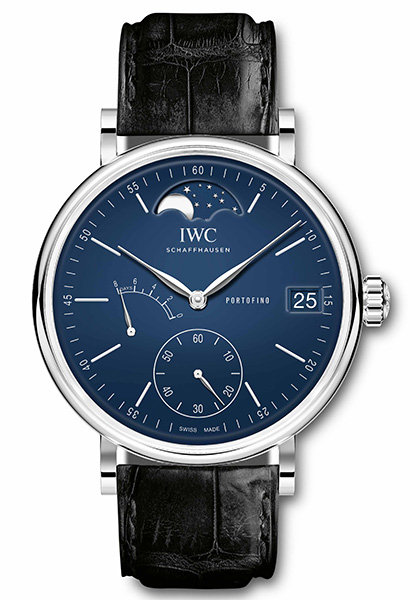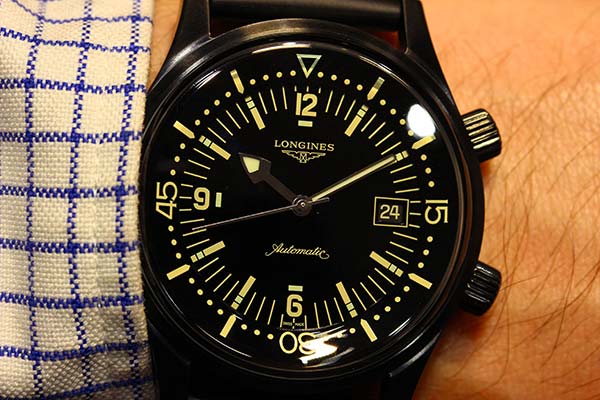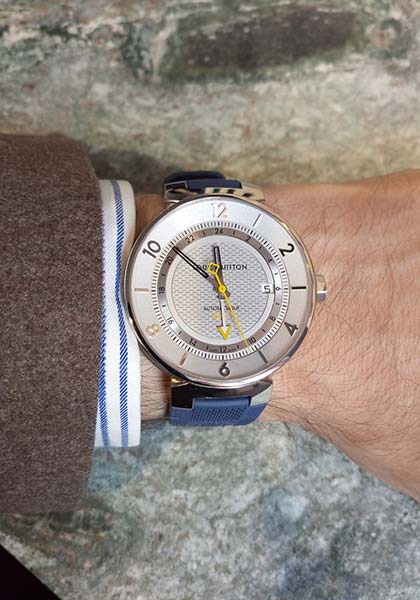At Baselworld in 2014, a journalist colleague asked me pointedly whether I thought that blue was the new black. True, blue was increasingly ubiquitous. Since then, at predictable intervals, I’ve seen various headlines and press releases claiming that brown or green are also the new black.

It’s as if all these colours are trying to replace black, steal its status as the ultimate colour. And it’s true, black does have rather a special image. First of all, it’s not technically a colour. It’s an absence of light and, thus, of colour. By its very nature, that makes it difficult to pin down. And then, in fashion and in the car industry, black exerts a powerful hold. It’s a shortcut to elegance and sophistication. It smoothes everything out, conceals imperfections and produces a clean and convincing effect. In terms of its symbolism, black is the colour of domination. It’s the colour of evil, strength, night and fear. Quite the happy hunting ground.

The watch industry came relatively late to the game. Indeed, there are no black metals that are capable of being shaped, or of being worn on the wrist, which meant that black was conspicuously absent for a long time. IWC and Heuer made the first forays into black coatings in the 1970s and 1980s, but they proved fragile and unconvincing, and in any case they were not particularly popular. Rado worked with ceramic for a long time without making any great impression. But in the 2000s, ceramic as interpreted by Chanel, combined with PVD and DLC techniques, became a game-changer. Together, they provided the women’s watch world with the equivalent of the famous little black dress. Men’s watches turned in the direction of Casio’s utilitarian plastics, which heralded an era of military fusion styling, macho accessories and huge, slightly scary and extremely dark timepieces.

Since then we’ve seen a succession of micro-trends in watch colours. Blue was followed by brown, which was followed by beige, which was followed by the latest obsession of people who make it a point to follow fashion – green. Which will no doubt be followed by purple, red and, probably, yellow. Blue has an established status, largely due to the influence of men’s wardrobes, but none of the other colours has anything comparable to offer. They’re too hard to wear, they’re difficult to match with an outfit, they’re just a bit too quirky.

So, we can all agree: black is too strong, too overpowering. Except that, where watches are concerned, black is the wrong target. In the watch world, black is not the king of colours. That honour belongs to grey. The grey of steel, which is by far the commonest material. The grey of white gold, even if gold’s more natural colours – yellow and pink – remain more popular. And the grey of platinum, which remains the most precious metal of all. I’m just waiting for someone to ask me whether black is the new grey.











